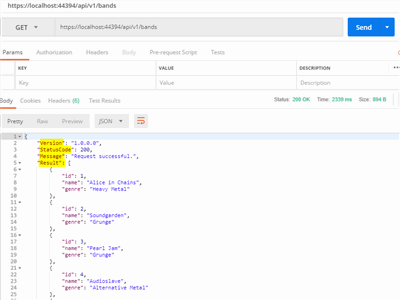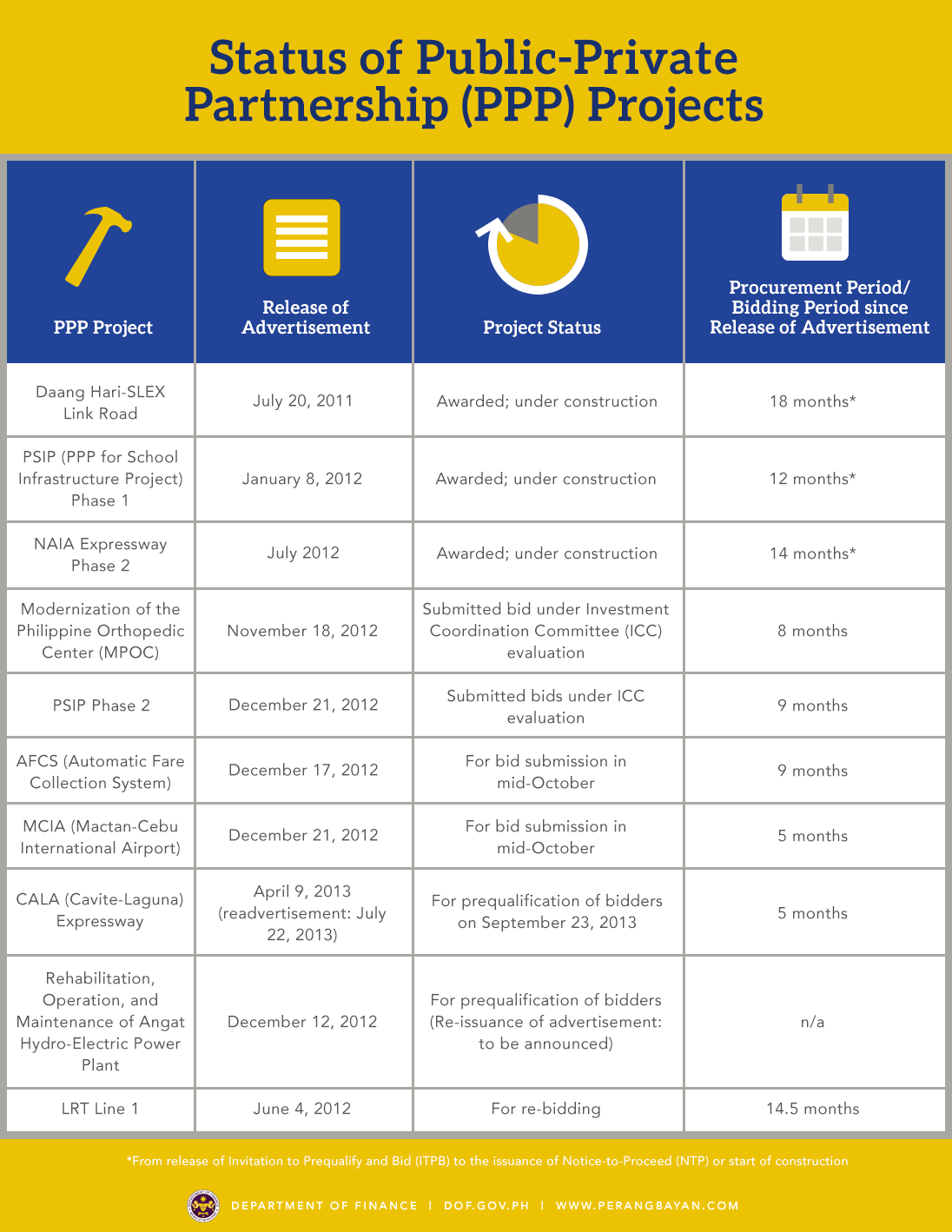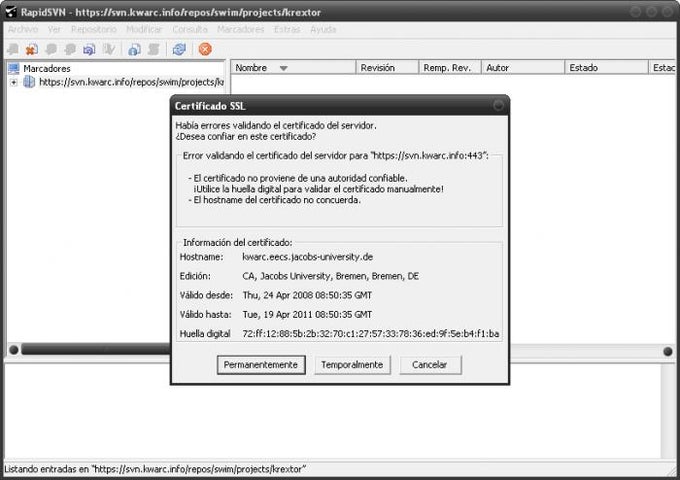

- Rapidsvn project status install#
- Rapidsvn project status software#
- Rapidsvn project status password#
- Rapidsvn project status download#
Rapidsvn project status software#
#12 0x00007ffff60d90cd in clone () from /lib64/libc.so.6Īt which point I said screw it and moved on to using different software for the moment since I needed to work on my own project instead of trying to debug some arcane mistake that seems to be in libsvn_wc-1.so.0 and not directly in RapidSVN itself. #10 0x00007ffff69829eb in wxThreadInternal::PthreadStart(wxThread*) () #9 ThreadedWorker::Data::Entry (this=0x8201c0) at threaded_worker.cpp:116 Revision=, recurse=true, ignore_externals=false, #6 0x00007ffff7bc6ddc in svn::Client::checkout (this=, url= Program received signal SIGSEGV, Segmentation fault.Ġx00007ffff595514b in svn_wc_db_wcroot_parse_local_abspath () Using host libthread_db library "/lib64/libthread_db.so.1".ĭetaching after fork from child process 2923.ĭetaching after fork from child process 2924.ĭetaching after fork from child process 2925. being a good little programmer myself I've gone and installed the debug symbols. When run in a terminal I also get the same segfault mentioned by the OP. Status window says "Execute Checkout" and then program crashes. In window that pops up I enter my repo URL ( ) file location ( /home/username/mm_svn/megamek ) while leaving all checkboxes at defaultĦ.

*** You can only delete files that have already been checked in. You might see a folder with a name of “.” do not worry about it, remove it, or try to delete it. If you delete the files with your OS – you will get errors which will stop all future edits until it is remedied. If you want to delete a file from the repository – you must use SVN. *** Regardless of what happens – DO NOT DELETE CHECKED IN FILES USING YOUR OPERATING SYSTEM’ DELETE OPTIONS (move to trash, etc).
Rapidsvn project status password#

Do not worry about “Peg Revision” – Click the “Ok” button.Use the latest revision (unless you have a reason to choose something else).Choose where you want these files on your to be downloaded to on your computer (destination directory).Enter in the URL of the repository where the files are currently located.Go to the “Repository” menu and select “checkout”. Check out the files that you want to edit.
Rapidsvn project status install#
Install the applications on your computer.
Rapidsvn project status download#
Download the RapidSVN you will use to check in and check out files at.For this documentation, I have chosen to write about RapidSVN because it runs on both Mac and PC. While I use the command line for this – there are some GUI applications that make it easy for people to manage their files using subversion. If you are a web or application developer, there will come a time (hopefully) that you will need to use subversion for your projects.


 0 kommentar(er)
0 kommentar(er)
